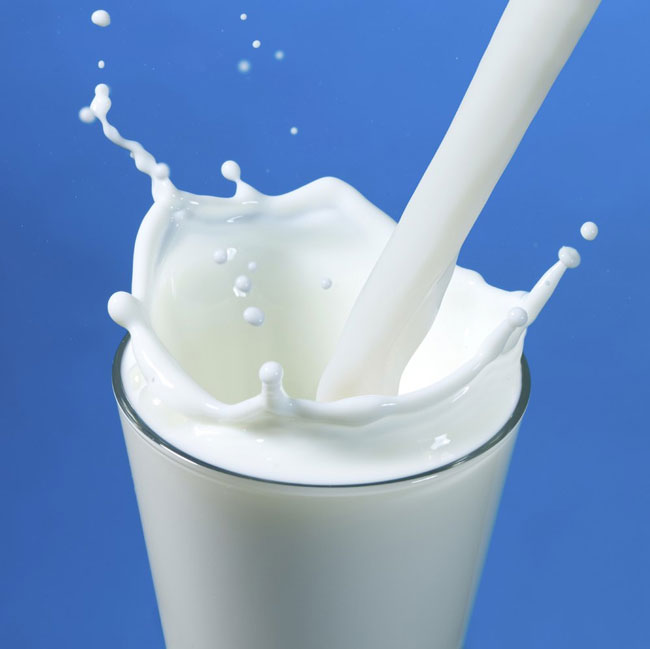Many mothers often complain that their child refuses to drink milk. To encourage their child to consume milk, they try adding various powders, syrups, and supplements available in the market. But even after all these efforts, if the child still doesn’t develop an interest in milk, there’s no need to worry. Pediatrician Madhavi Bhardwaj recently shared on Instagram a list of food items that can be given to children instead. These foods not only help fulfill the child’s nutritional requirements but also offer a healthy alternative to milk altogether.
There are several reasons why children might avoid milk. Some simply don’t like the taste, while others may be going through an illness. In some cases, children are lactose intolerant, but they don’t always show classic symptoms like diarrhea or vomiting. Instead, they may experience stomach pain and cramps, which leads them to avoid milk. Instead of stressing over it, parents of toddlers aged two to three can offer them these healthy food alternatives:
Ragi (Finger Millet) Dishes:
Make cheela (pancakes) using ragi flour. Ragi is rich in both protein and calcium, making it a nutritious substitute for milk. You can prepare various kid-friendly dishes with ragi to ensure they get enough nutrients.
Dairy Alternatives:
If your child refuses to drink plain milk, try offering them paneer (cottage cheese), yogurt, lassi, or buttermilk. These milk-based products have a different taste and texture, and they are easier to digest. Many kids find them more appealing than plain milk.
Nuts and Dry Fruits:
Grind almonds, walnuts, cashews, and pistachios and store the powder. Use this mixture to prepare laddoos, kheer, or halwa for your child. Nuts are packed with essential nutrients that support healthy growth and development.
Makhana (Fox Nuts):
Makhana is another excellent snack for children. It’s light, easy to digest, and usually well-liked by kids. Plus, it’s a good source of protein and calcium.
Vegetables:
Introduce a variety of vegetables in both raw and cooked forms. You can give your child sliced cucumbers, carrots, and radishes, or lightly boil vegetables to make them easier to chew. Vegetables help cover the nutritional gap left by the absence of milk and keep the child healthy.
By offering these foods, you can ensure your child receives all the essential nutrients that milk provides, even if they’re not drinking it. These alternatives are not only healthy but also child-friendly in terms of taste and digestion.




